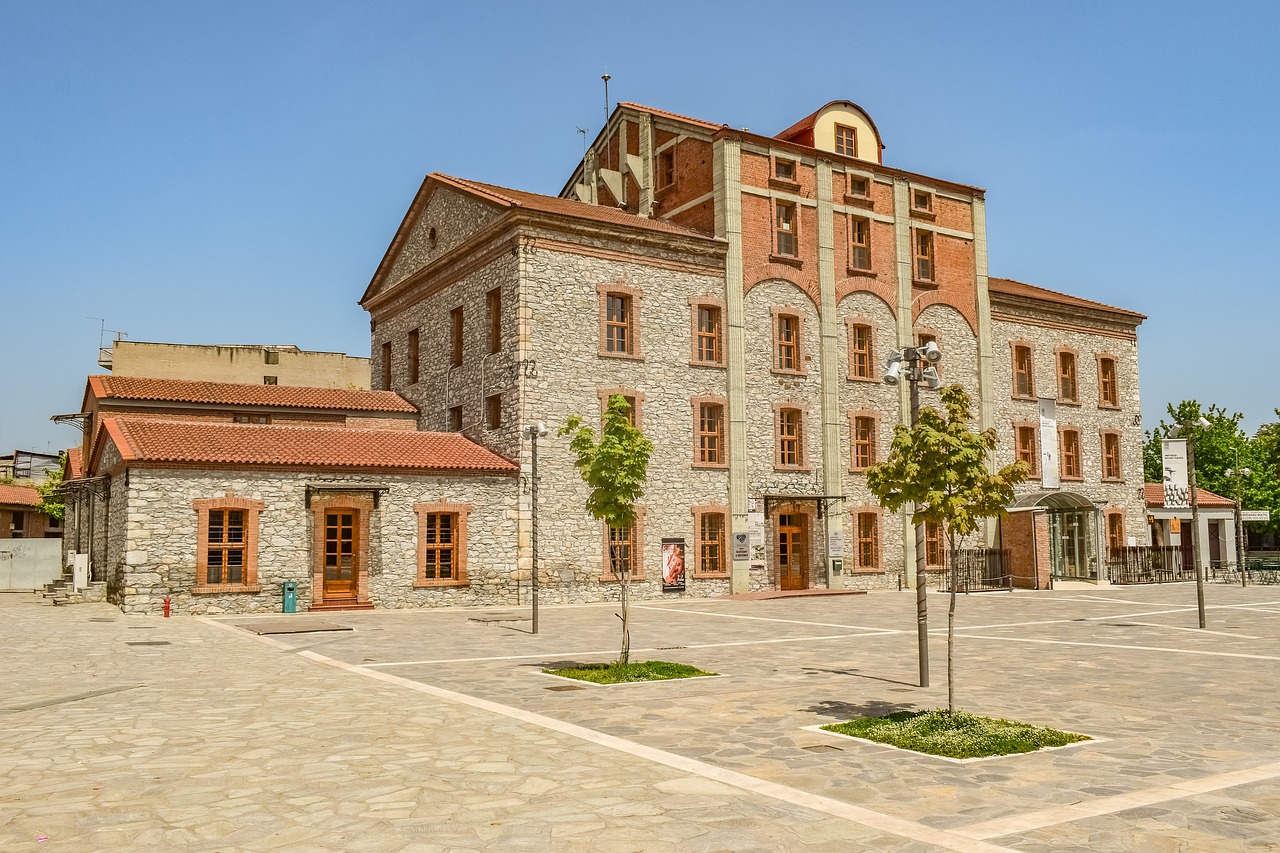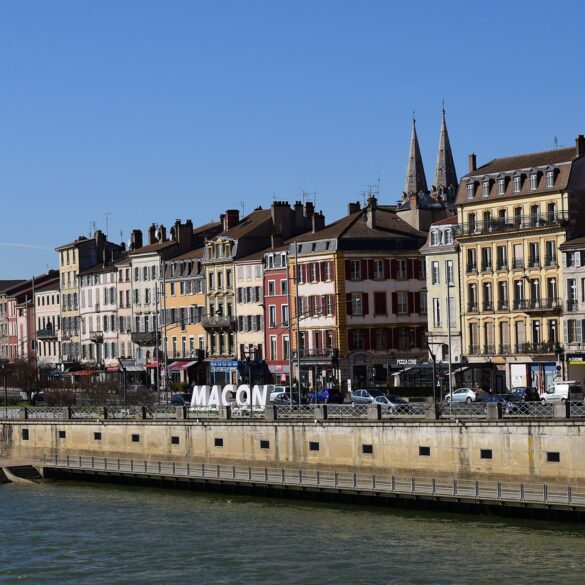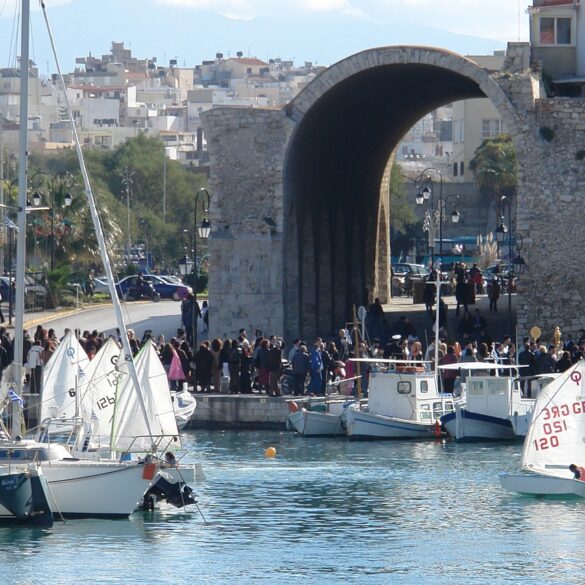
Larissa may not be as well-known as other Greek cities, but don’t be fooled. Larissa is a modest, but lovely, up-and-coming tourist location worth visiting. Some of the interesting things to do and places to visit at this secret getaway will astound you.
If you’re planning a trip to Greece and aren’t sure if Larissa should be on your list, keep reading. We’ve compiled a list of things to do in Larissa and the surrounding area. We have a feeling you’ll be glad you included this city in your vacation plans if you do.
Ancient Ruins Larissa
The capital and largest city of Greece’s Thessaly region is Larissa. According to the 2011 census, it is Greece’s fourth most populated city, with a population of 144,651. (181,713 est. 2018). It also serves as the seat of the Larissa regional unit. It is a major agricultural centre and a national transportation hub, with road and rail connections to the port of Volos, Thessaloniki, and Athens. Larissa has a population of 162,591 people, whereas the regional unit of Larissa has a population of 284,325 people (in 2011).
Mill Of Pappas
The Mill of Pappas is a five-story milling industry building in Larissa that was built in 1883 and is located on Georgiadou Street near the intercity bus terminal and the Fort. Despite the two disasters that occurred in 1920 and 2001, the latter of which destroyed valuable timber machineries, Thessaly is now rebuilt and ready to be converted into a different type of structure with a cultural, educational, and entertainment character. Many events, such as book presentations and various seminars, will be hosted in that building’s modulated library.
Alcazar Park
The Alcazar Park has been a veritable sanctuary for the people of Larisa for almost a century, combining a rich natural environment with the dew from the neighbouring Pineios river. In addition, the September bazaar was held there. The Alcazar Park is now mostly used by locals as a location for strolling and leisure. The large park, combined with the dew from the Pineios river and the shade provided by the trees, makes it a great location for leisure. The park includes an outdoor theatre, a café and a mini-golf course.
Municipal Art Gallery of Larissa
C. I. Katsigras, a virtuoso surgeon from Larissa, revealed in 1981 that he had donated 700 artworks from the 19th and 20th centuries that he had acquired between 1950 and 1965. The pieces in the Katsigras collection were shown on two levels of the Chatzigianneio Municipal Cultural Centre from 1992 until 2003.
The Gallery is now housed in a beautiful new structure in Naples’ Quarter. After the Panhellenic Architectural Competition in 1984, the architectural proposal was chosen. The structure is built to the highest standards and is organised around modern museological and museographic studies as well as the acquisition of relevant equipment.
Monument to Hipocrates
Larisa is home to the tomb of Hippocrates, the most famous ancient doctor and father of medicine. It was discovered by chance after the Pineios river overflowed in 1826, and artist Georgios Kalakalas erected a statue in Hippocrates’ honour opposite the Alcazar Park. Copper sculptures of Asclepius have been housed in a museum near Hippocrates’ tomb since 2009.



